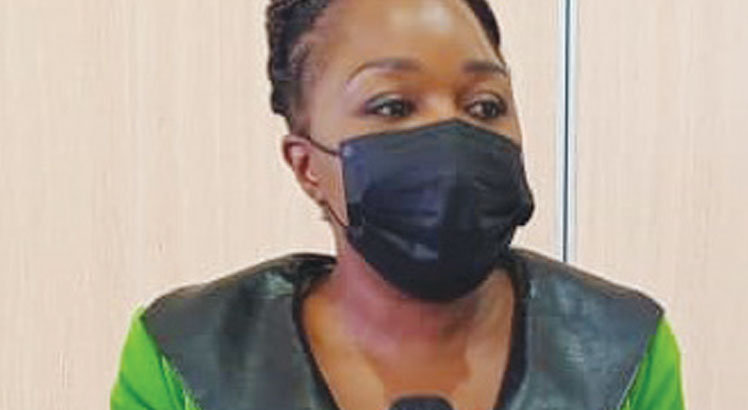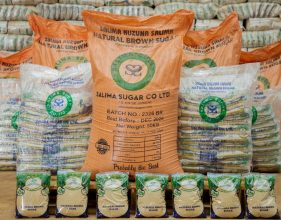Malawi gender gap widens—Report
A new World Bank publication on Malawi has exposed growing gender disparities between men and women, revealing that women continue to be disadvantaged across several areas of economic participation.
This is according to the bank’s latest 14th edition of the Malawi Economic Monitor (MEM), which is titled “Addressing macro and gender imbalances,” and was launched in Lilongwe yesterday virtually.

The biannual publication provides an analysis of economic and structural development issues in Malawi and specifically, the latest MEM edition discusses the linkage between macroeconomic challenges and labour workforce with special focus on women and its contributing factors.
Commenting on gender disparities in agricultural productivity, the World Bank reveals that the disparities remain wide and are putting a significant burden on the economy.
Quoting the 2021 World Economic Forum gender gap report, it says the country ranks 111 out of 151 countries in the Economic Participation and Opportunity index, lagging in many other countries in sub-Saharan Africa.

Malawi remains one of the world’s 15 national economies most dependent on agriculture and in 2017, agriculture contributed 26 percent of the country’s GDP.
“In the agriculture productivity sector, plots managed by men produce an average of 25 percent higher yields than plots managed by women,” reads the report.
The gender gaps in agricultural productivity, the World Bank says, are due to women having unequal use of land inputs, lower access to farm labour, inferior access to improved agricultural inputs and technology and lower participation in the cash crop/export crop value chains.
Commenting on the report, Deputy Minister of Labour Vera Kamtukule lamented that such gender gaps are even more pronounced in labour participation.
She said while female labour participation is high, it is still significantly lower than that of men, adding that the wage earned by women is less than that of men, and that even the number of hours worked by women are significantly less.
Kamtukule said: “For example, of currently married women, only 30 percent are paid in cash, compared to 61 percent of men. On entrepreneurship, Women entrepreneurs continue to face gender-related operational barriers in running their businesses.
“Male entrepreneurs enjoy greater flexibility and mobility in work locations, which gives them the capacity to grow their business network and tap into broader market opportunities.”
The minister also lamented that Covid-19 pandemic has even further widened the country’s gaps that were in as far as economic opportunities are concerned.
On his part, World Bank country manager Hugh Riddell, said estimates suggest that closing the gender gap in agricultural productivity could lift more than 238 000 people out of poverty and increase the country’s total GDP by 2.1 percent.
He also said ending child marriage, reducing fertility, and increasing women’s educational opportunities is key to boosting female participation in the domestic economy.
Riddell said: “Malawi must invest in improving women’s economic opportunities to unlock its potential and boost economic development. This requires a wide-ranging, comprehensive approach, which addresses several of the core areas that affect women’s ability to participate and perform-well in the labour market.”
The Malawi Business Pulse Survey by Malawi Confederation of Chambers of Commerce and Industry found that 84 percent of businesses experienced a decline in 2020 and this was more pronounced in female-owned firms.
Similarly, the Malawi Covid-19 High Frequency Phone Surveys revealed that 50 percent of female-headed households had reported reduction in their total income, compared to 40 percent headed by men.






One Comment